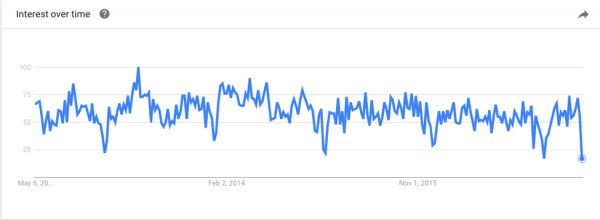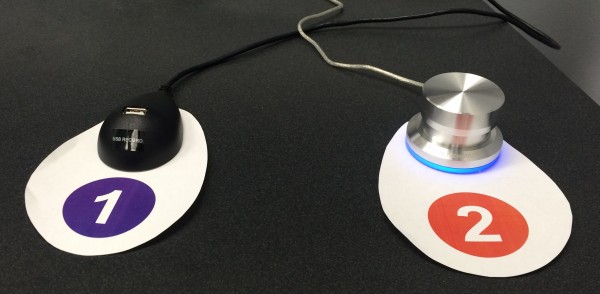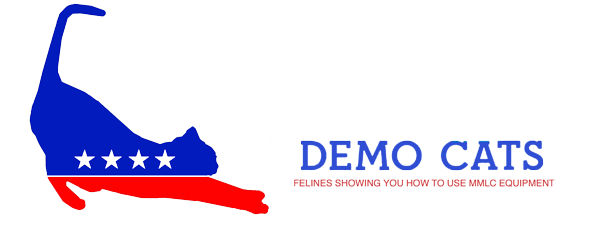For several years, Classics professor Francesca Tataranni has guided students in developing their own video-driven essays and map-based walking tours in her acclaimed ‘Ancient Rome in Chicago’ course.
Now, the Media and Design Studio is honored to unveil her latest work in conjunction with the studio, an exploration of her own, titled “One Dark Wall”
Since 2015, Francesca Tataranni (Charles Deering McCormick University Distinguished Professor of Instruction of Classics and Director of the Latin Program) teaches her course, Ancient Rome in Chicago, a seminar that asks students to use Chicago—it’s buildings, it’s concrete, it’s public art—as a resource for the film essays they make throughout the quarter. For the past five years, Francesca’s students have helped create a virtual walking tour of Chicago’s buildings that utilize classical, Roman architecture. Francesca often called on the expertise of the Media and Design Studio to help teach best practices and styles when creating these film essays. But, in the winter and spring of 2020, Francesca collaborated with the Media and Design Studio’s digital storyteller, CA Davis, to create her own film essay on a controversial mural in Lincoln Square’s Sulzer Library.
Several years prior, Francesca found herself surrounded by four walls covered with raw paintings of a visual interpretation of Virgil’s Aeneid. What struck her wasn’t the sheer amount of work that Irene Siegel put into the murals in 1985 but the dark, gastly depiction of the underworld on the entrance wall that stands in opposite to a fire and brimstone depiction of the Trojan War.

“Seeing the Dark Wall for the first time was truly overwhelming,” Francesca recalls. “I remember surveying the wall over and over again from all directions in an attempt to make sense of the shattered quotes and anguished images that cover its entire surface. The more I looked, the more frustrated I grew.”
And it turned out she wasn’t the only one who was taken aback by the mural’s visceral imagery.
Irene Siegel painted her interpretation of the Aeneid in 1985, right in the middle of the Reagan administration—a time which, Francesca discovered, influenced the painting as much as the public’s reception of the work itself. Over the following months, Francesca unraveled the painful story of Irene’s months-long battle just to finish the mural amidst severe outcry against her visual style and personal attacks as an artist. When thinking about how to relay this story, Francesa first wrote the story into a research paper which compared the mural’s visuals with the original text. What she revealed was how Irene Siegel’s feminist reading of the Aeneid is portrayed in the figure of Dido, who Francesca calls, “the true hero of the Aeneid.”
When Francesca approached the Media and Design Studio, she did so with two intentions. The first was to create a visual essay based on her written work surrounding the mural in order to accurately portray the painting in the context of her feminist, political reading of Irene’s art. The second was to learn what it takes to professionally develop such a film essay so that she could use her film while teaching her students how to create their own. What followed was a months-long process of rewriting her essay into a scripted voice over narration, and multiple days of filming on location to re-enact her discovery and research of the mural itself.
“Working with John (Bresland) and CA (Davis) on the video script was an incredibly enriching and liberating experience. They showed me how to let go of some concerns and constraints that usually drive my writing of words on a page and allow visual and sonic elements to dance with the pen.”
The Media and Design Studio’s digital storyteller, CA Davis, was tasked with combining all these elements into a coherent, flowing story that accurately depicts the history, politics, and re-reading of Virgil’s original text in the light that Francesca shone. The result is the film essay entitled, One Dark Wall, which can now be watched via the link below.
In March of 2021, Francesca plans to use this film as part of the Department of Classics’ end-of-quarter event on the reception of classical works such as the Aeneid. You can sign up to watch that event via the link below.
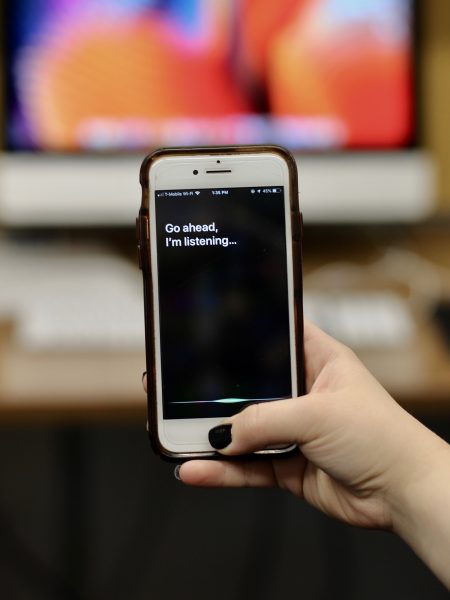

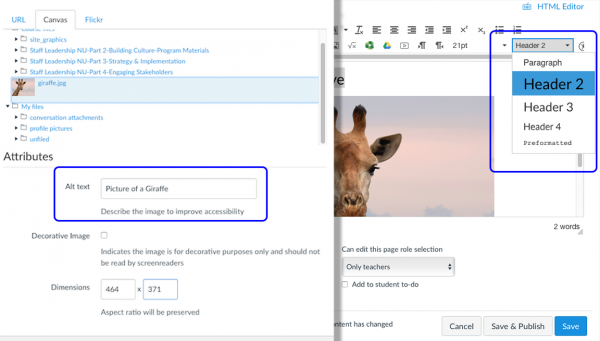
 Gamification, a term
Gamification, a term 